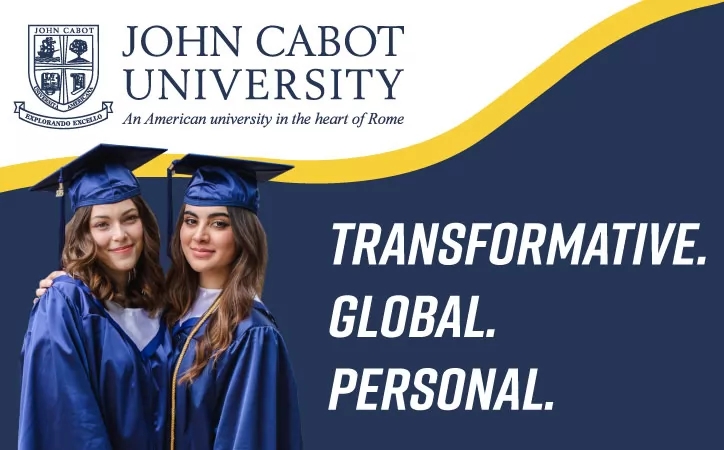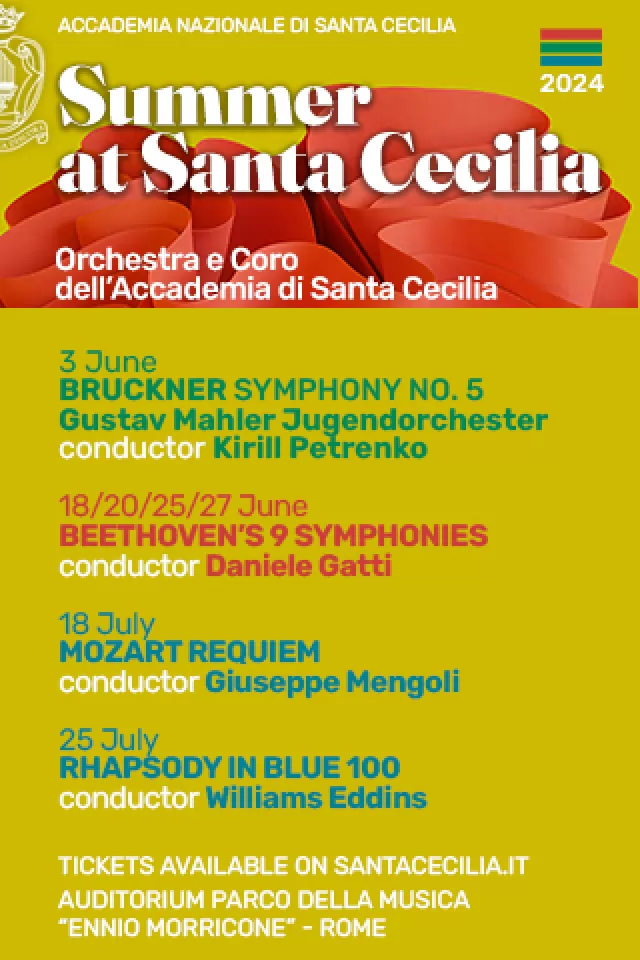Rome's airports soar high and low.
With the approach of summer, does curiosity suggest a quick trip to Krakow? Have you business to do in Brescia? Or what about a weekend in Prague? From now on, the probability is that you will be leaving from Ciampino airport and not from big brother at Fiumicino.
Ciampino, in fact, is now reaching for the sky far faster than Leonardo da Vinci airport at Fiumicino.
In the first three months of this year alone, traffic at Ciampino has increased by 50 per cent remarked Sergio Berlenghi, marketing manager for the company, Aeroporti di Roma (ADR), which runs both airports. The reason is the mushrooming of low-cost airlines flying out of Ciampino. Passengers there in 2002 were at the 700,000 level. By last year, they had reached 2,500,000 and we predict the trend will go on, with traffic increasing at the rate of 40 per cent a year.
Consider what happened in April. The low-cost Polish airline Central Wings began taking off from the runway of Ciampino, which until the 1960s was Romes sole airport. The Czech outfit, SmartWings, also began flying off to eastern Europe, while Irelands Ryanair inaugurated its first-ever domestic flights within Italy, heading from Rome to Brescia, east of Milan, Treviso just north of Venice, and Alghero in Sardinia. To mark the occasion with typical largesse, it has slapped 25,000 free seats on the market for one-way trips to the three cities. The company reckons the new destinations will net it 500,000 more passengers a year in Italy. Out of its 224 routes in Europe, 15 lead from the United Kingdom to Italy.
Ryanairs British rival easyJet also lands in Ciampino, as well as, for example, Lloyd Express, coming in from Germany, and Sterling homing in from Denmark.
ADRs Berlenghi calculated that eventually Ciampino may be handling seven to eight million passengers a year. To cater for the influx, he said his company would be upgrading the infrastructure of the airport. Amazingly, however, he disclosed that there were no plans as yet to connect it to Rome by rail; for most residents of Rome, Ciampinos main drawback is that it is still difficult to reach. Berlenghi ruled out the prospect of a short, quick and cheap train connection to the homely little airport on the Via Appia despite the fact that frequent trains already stop at the nearby township of Ciampino, separated from the departure lounge by only a few hundred yards. Berlenghi said they would simply be improving the bus service to the terminal and saw a brighter future already in the coach shuttle to and from Stazione Termini.
He claimed that Ciampino was not expanding at the expense of Fiumicino, though the ADRs balance-sheet for 2004 showed that whereas traffic at Fiumicino had swollen by seven per cent, growth at Ciampino had clocked up an increase of nearly 43 per cent.
Some 28 million travellers a year now shuffled through the airport at Fiumicino, but the annual ADR report stated that it had fallen short of expectations in terms of growth and implied that a healthy company net profit of e6.5 million in 2004 was largely thanks to increased traffic at Ciampino. Fiumicinos lacklustre performance was blamed on the Italian governments sloth in giving the green light for de-regulation, but other factors emerged at an airport news conference in April to launch Delta Air Lines second weekly flight from Rome to Atlanta, Georgia, in the United States. ADR spokesmen said this will fill a gap in Fiumicinos coverage of the American market, which was missing out on many people who were having to use Milans Malpensa or other European airports to get to America simply because Romes Leonardo da Vinci airport had too few direct flights on offer and because those it had were too expensive.
So what are conventional airlines like Delta doing to fight back against their cheaper rivals and recover from the collapse of world-wide air travel after 9/11? An answer came from Patrizia Ribaga, business manager in Italy for Delta Air Lines, apparently Americas biggest cross-Atlantic carrier. Weve done a re-think on how to do business, she proclaimed. First of all, weve brought down our fares. The most anyone will pay is $425 one-way. Then weve switched to online tariffs and our internet customers have shot up by 100 per cent. All our seats will now be in leather; weve installed better reading lights; in first-class, therell be a hostess for every six to eight passengers; a top couturier has designed great new uniforms for them and we hope the meals we now serve have improved. We invite you to sample them in the room behind you after this presentation...
Some colleagues soon had their heads down over what they seemed to find tasty food served in plastic bowls, loudly wondering whether salmon and nice uniforms would be the magic spell to stay competitive in a market in which everywhere would be open to everybody for virtually nothing.
l Getting to Ciampino (all prices one-way): 1) By train from Stazione Termini to Ciampino station, then Schiaffini bus to airport. Cost: 6; 2) By metro to Anagnina then by same buses to airport. Cost 2. For bus times tel. 800700805; 3) By Terravision shuttle bus from Stazione Termini. Cost 8. For bus times www.terravision.it; 4) By taxi. Approximate cost: 40-50.
l Getting to Leonardo da Vinci airport (all prices one-way): 1) Leonardo Express from Stazione Termini 9.50 (twice an hour). 2) The regional FM1 train from Orte to Fiumicino, Leonardo da Vinci airport. In Rome it can be boarded at Tuscolana, Tiburtina, Ostiense, Trastevere, Magliana and various other stations. Costs vary. 3) By Terravision shuttle bus from Stazione Termini. Cost 9.
For more information on transport to and from both airports, www.adr.it.





















